"Companies are moving back, creating job growth the likes of which our country has not seen in a very long time," President Donald Trump said in September. Trump habitually claims the American economy is setting records and experiencing historic job growth, but the numbers don't exactly support his assertions.
Trump appears to be attempting to take credit for his predecessor's economic record. Not so fast.
As the chart above indicates, the economy has been steadily expanding since 2010, thanks in large part to a stimulus package signed into law by President Barack Obama.
Before then, the economy was hemorrhaging hundreds of thousands of jobs per month following the collapse of the housing and stock markets in 2008.
Friday's monthly jobs report, for example, showed strong growth in June, with 213,000 jobs added and the unemployment rate ticking up from 3.8 percent to 4 percent from more people having entered the labor force.
Trump took office in January 2017, and while growth has been more or less steady in the year and a half he's been in office, more jobs were added each month in Obama's second term than in Trump's first, on average.
"The average monthly gain under Trump is 181,000 jobs," FactCheck.org wrote in April, "which is nearly 17 percent below the monthly average of 217,000 during Obama’s second term."
This slowdown in job creation is due, in part, to fewer people looking for work. Another contributing factor is the record number of open job positions - 6.7 million as of April - and a lack of qualified workers to fill them.
The skills gap is especially notable in the technology sector. Carolyn Lee, executive director of The Manufacturing Institute at the National Association of Manufacturers, said in February that by 2025, there will be 3.5 million jobs in technology and manufacturing that will need to be filled. She estimates as many as two million of those positions may go unfilled because of retiring baby boomers and a shortage of trained workers.
“We are definitely not producing enough workers to fill those jobs,” Lee said.
Automation is also projected to displace a substantial percentage of the global workforce - up to 800 million workers in the next few dozen years, according to a McKinsey & Co. forecast issued last November.
“We have over 700,000 job openings that we think will be available in Washington state in the near term, and most of those will go to people out of the state and even out of the country. So we need to reconfigure,” Seattle Mayor Jenny Durkan (D) said in an interview earlier this year. “If you look at where the economy is moving, that’s going to become even more exacerbated. When automation comes on full bore, just autonomous vehicles will have about 20 million Americans out of work, overnight. And there’s no plan on where you then move them in the workforce.”
Trump also touts "bringing back coal" as a cure-all to the economic despair experienced by communities in the rust belt, which Trump carried, albeit narrowly, in 2016. But the data show coal is not coming back and has in fact been steadily declining over the last three decades.
Stagnant wage growth may also be stifling greater economic investment. Wages grew an average of 4.1 percent per week in 2017, however many states, particularly states that voted for Trump in 2016, showed lower than average increases in workers' paychecks.
This and slower future job gains may be exacerbated by Trump's trade wars with China, Canada, and the European Union, whose retaliatory tariffs on American products cut deep into Trump country.
Perhaps the biggest discrepancy between Trump's promises/claims/whathaveyou is the rate at which the economy is growing as a whole. As a candidate, and after he was elected, Trump promised four to six percent annual growth.
The economy grew by 2.3 percent in 2017, and although that's better than the 1.5 percent we saw in 2016, it's a far cry from numbers Trump has promised.
"The 2.3 percent growth for Trump’s first year is actually lower than the three best years under Obama:" FactCheck noted; "2.9 percent real growth in 2015, 2.6 percent in 2014 and 2.5 percent in 2010."


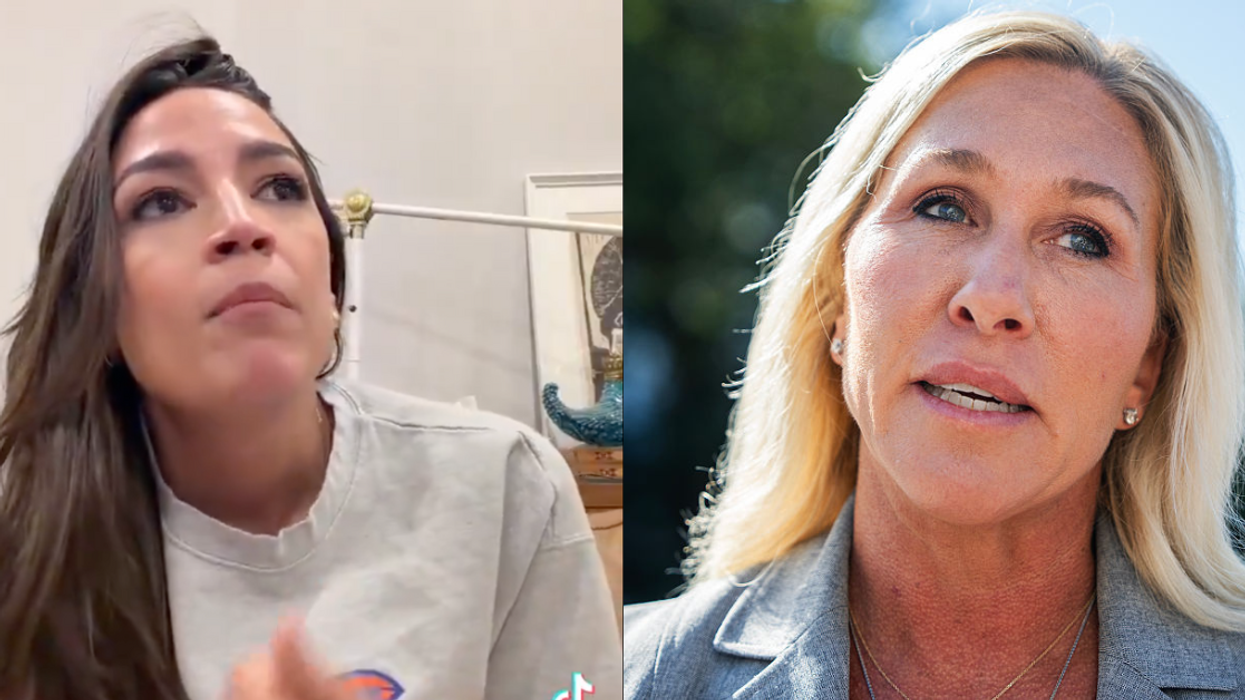




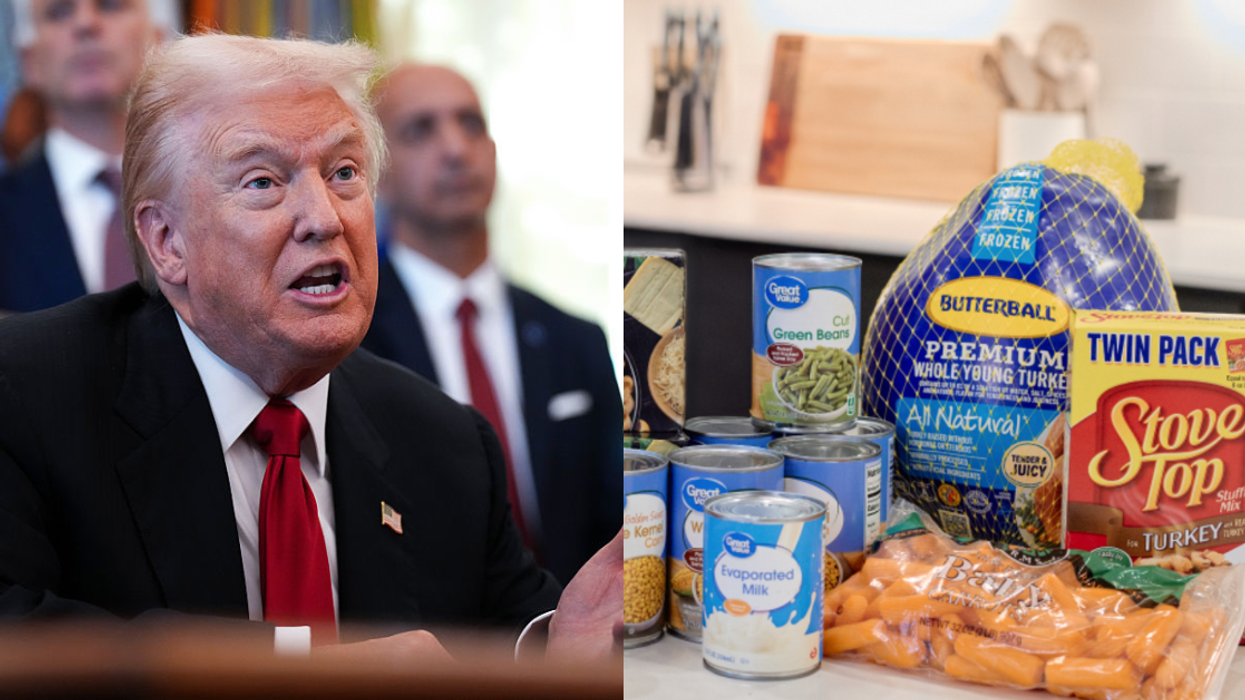
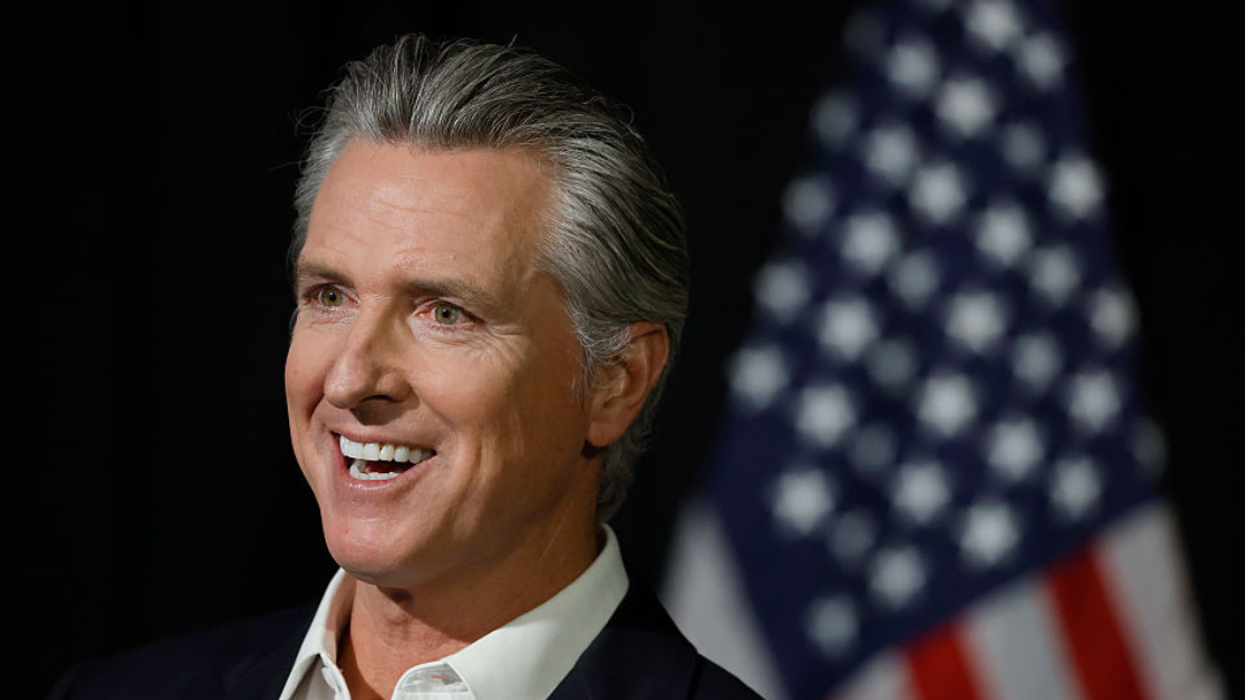

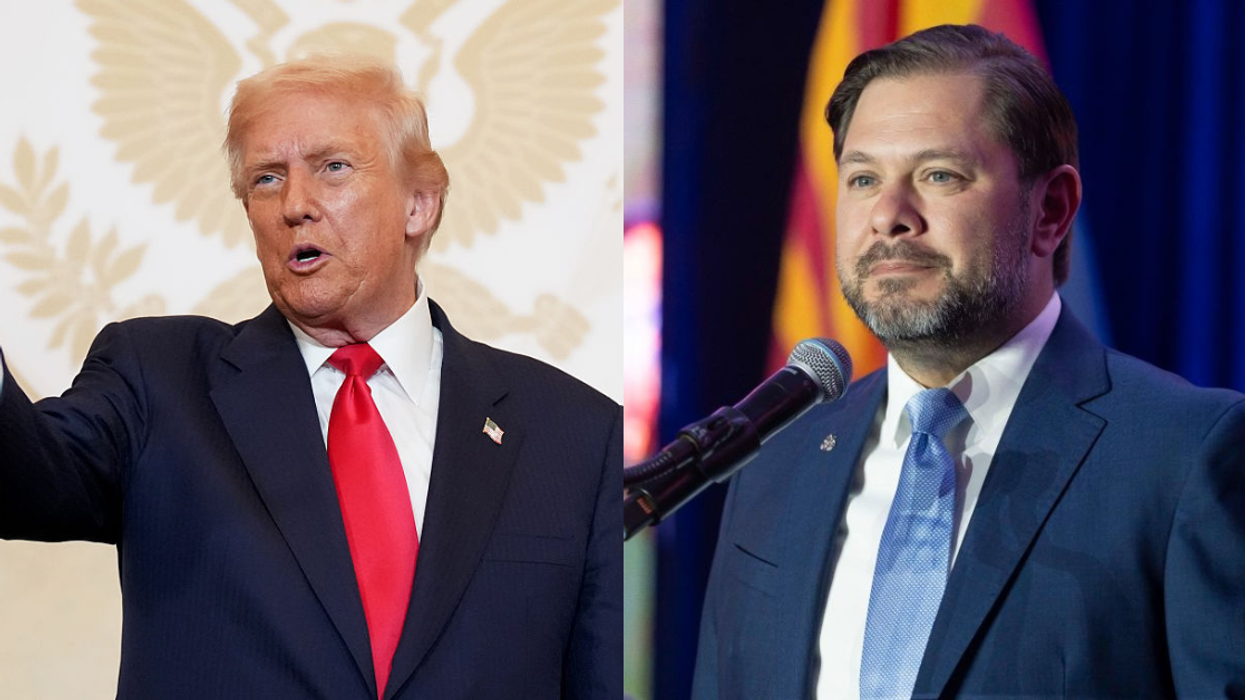
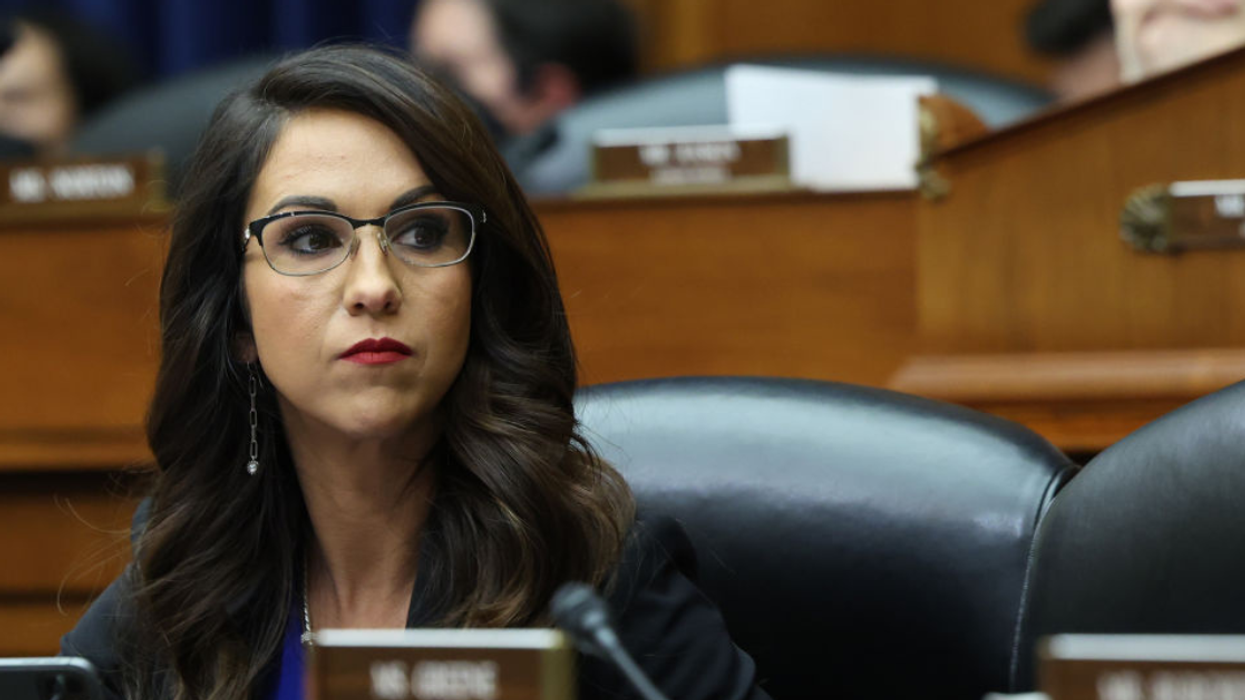
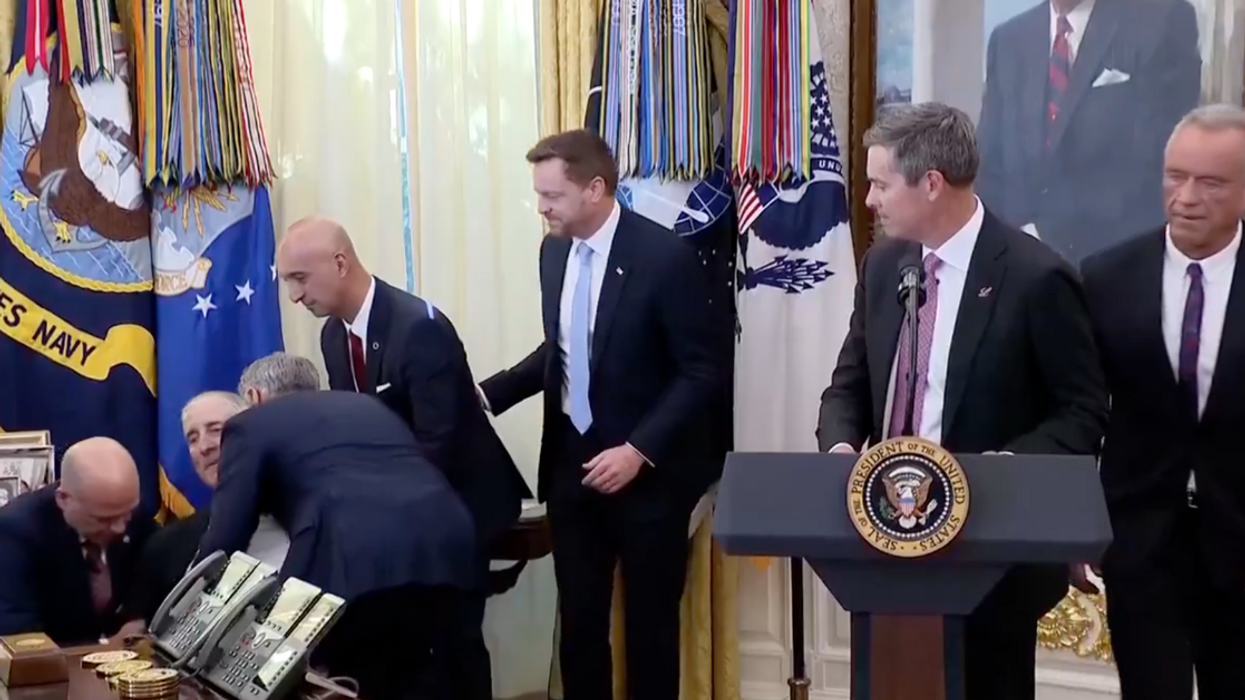
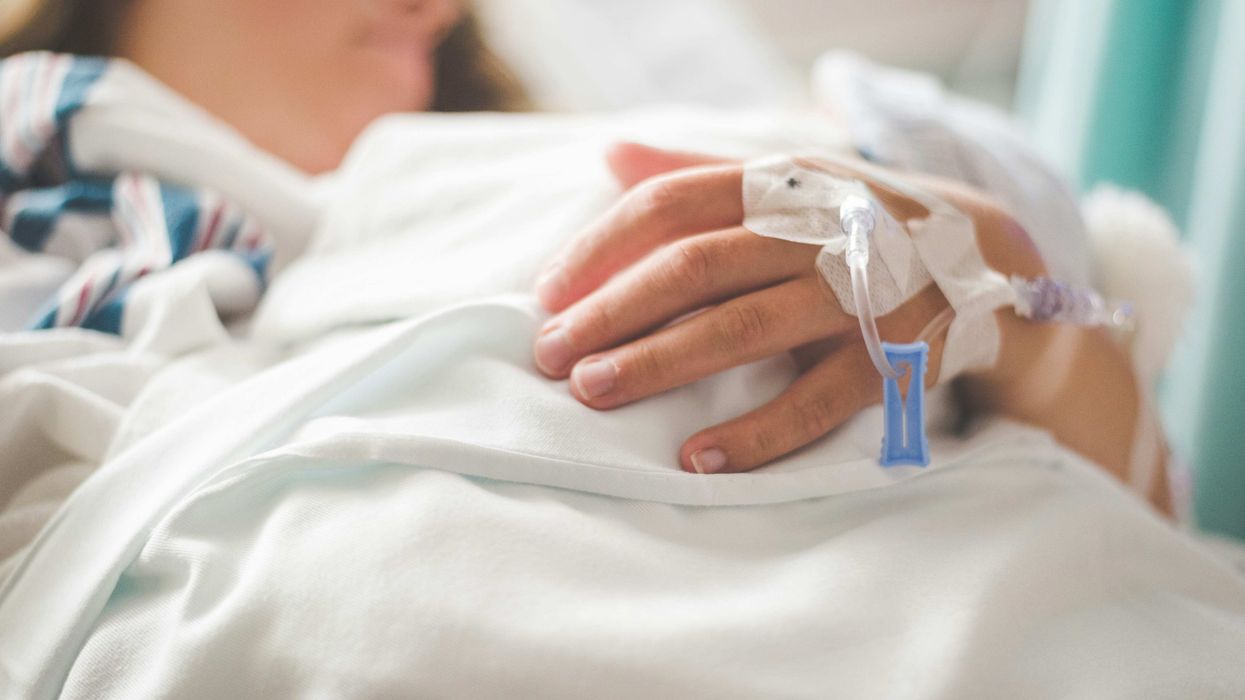

 breast cancer GIF by Baptist Health South Florida
breast cancer GIF by Baptist Health South Florida  Teddy Bear Doctor GIF
Teddy Bear Doctor GIF  feeling neck skin GIF
feeling neck skin GIF  praying GIF
praying GIF 
 Snail Ugh GIF by Sticker Book iOS GIFs
Snail Ugh GIF by Sticker Book iOS GIFs 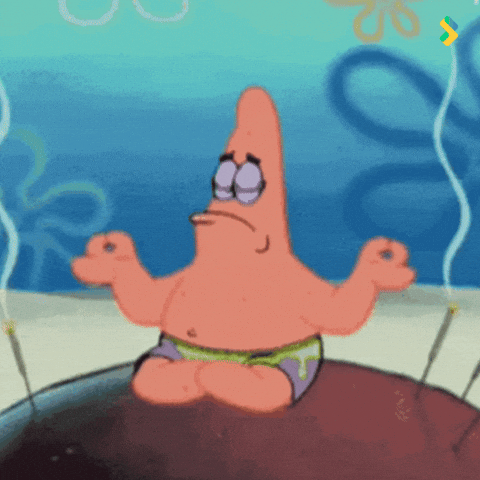 Serious
Serious  Home Alone Reaction GIF by 20th Century Fox Home Entertainment
Home Alone Reaction GIF by 20th Century Fox Home Entertainment  Cat Working GIF
Cat Working GIF